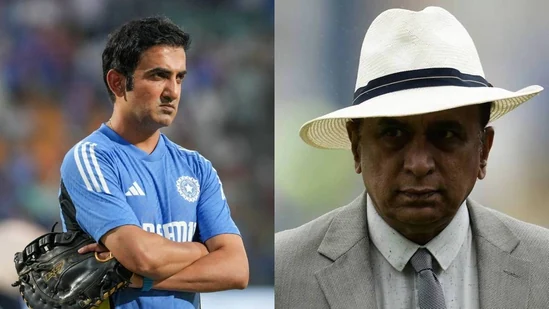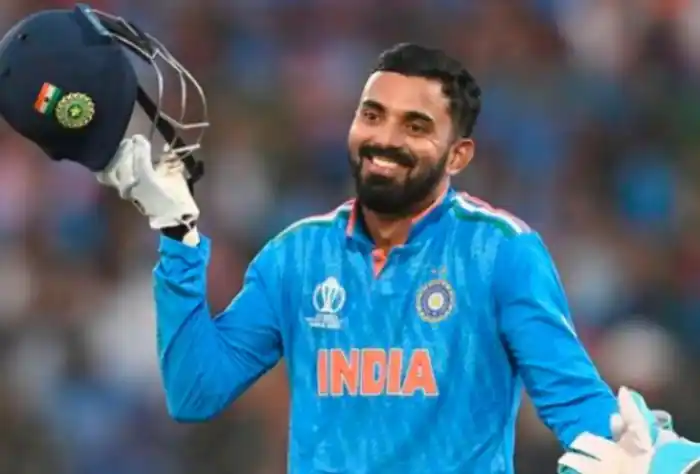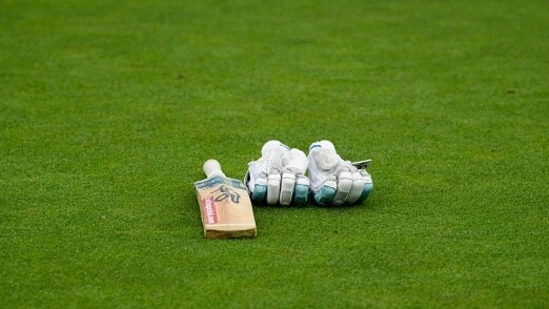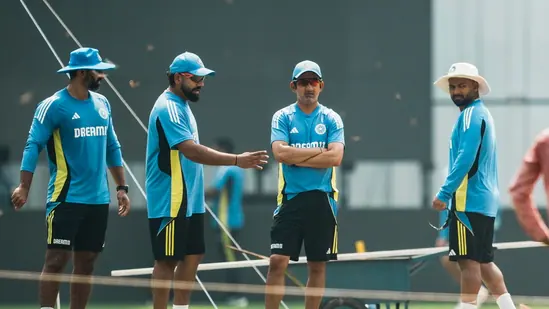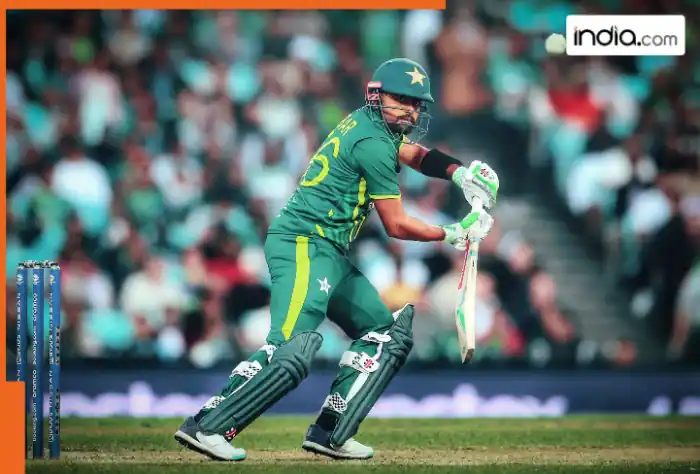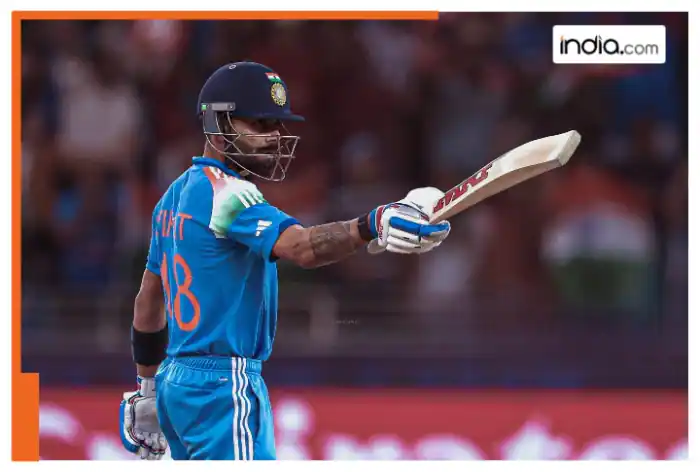Harmanpreet Kaur's anger over controversial T20WC run-out call: Understanding the dead-ball rule
In the final ball of the 14th over of New Zealand's innings, Amelia hit the length delivery from Deepti Sharma towards long-off and quickly took a single. Harmanpreet fielded the ball and started running towards the bowler's end, only to see the New Zealand batters going for a second run. She immediately threw the ball to wicketkeeper Richa Ghosh, who made a precise dive to dismiss Kerr.
However, the New Zealand batter was stopped by the third umpire on her way towards the dugout as the ball was deemed dead following the completion of the first run. In fact, replays showed as former cricketer WV Raman, who was in the commentary box, explained that it was called "over" after Deepti collected her hat, after which the second run was initiated.
However, Harmanpreet was left furious in her length animated chat with both the on-field umpires, while India coaches were spotted having a conversation with the third umpire.
What does the dead-ball rule say?While the umpires erred in calling it a dead ball, they did abide by the Laws of Cricket in sticking with their decision to not give Kerr out. According to Law 20, which pertains to dead ball, clause 20.1 states: "The ball shall be considered to be dead when it is clear to the bowler’s end umpire that the fielding side and both batters at the wicket have ceased to regard it as in play."
In the scenario that unfolded in Dubai, neither India nor New Zealand ceased to regard it as in play as the latter attempted a second run, while Harmanpreet looked to inflict the dismissal.
However, the umpires could do nothing once they made the decision to call it dead ball as clause 20.6 states: "Once the ball is dead, no revoking of any decision can bring the ball back into play for that delivery."
Stay informed with the...RELATED STORIES
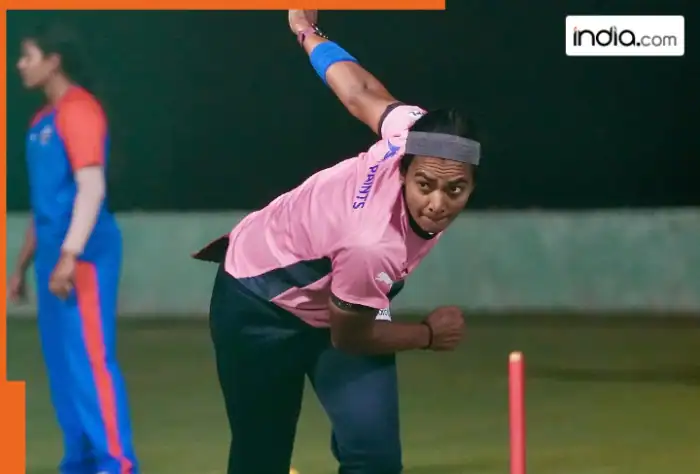
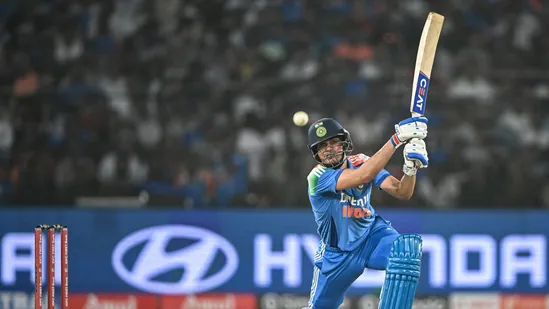
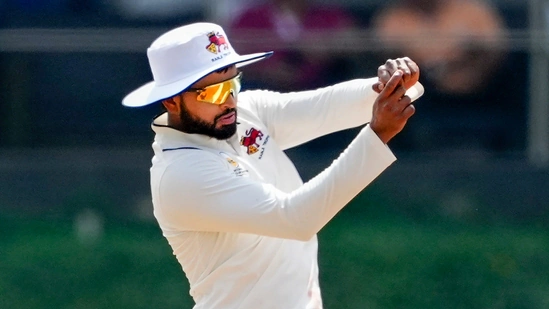

LATEST NEWS

